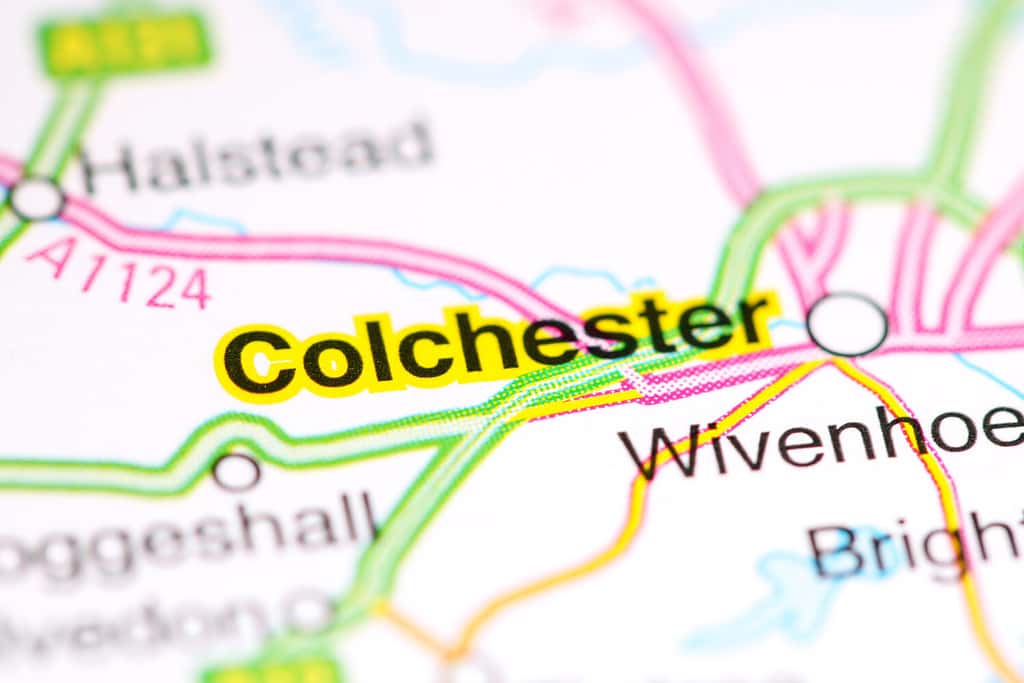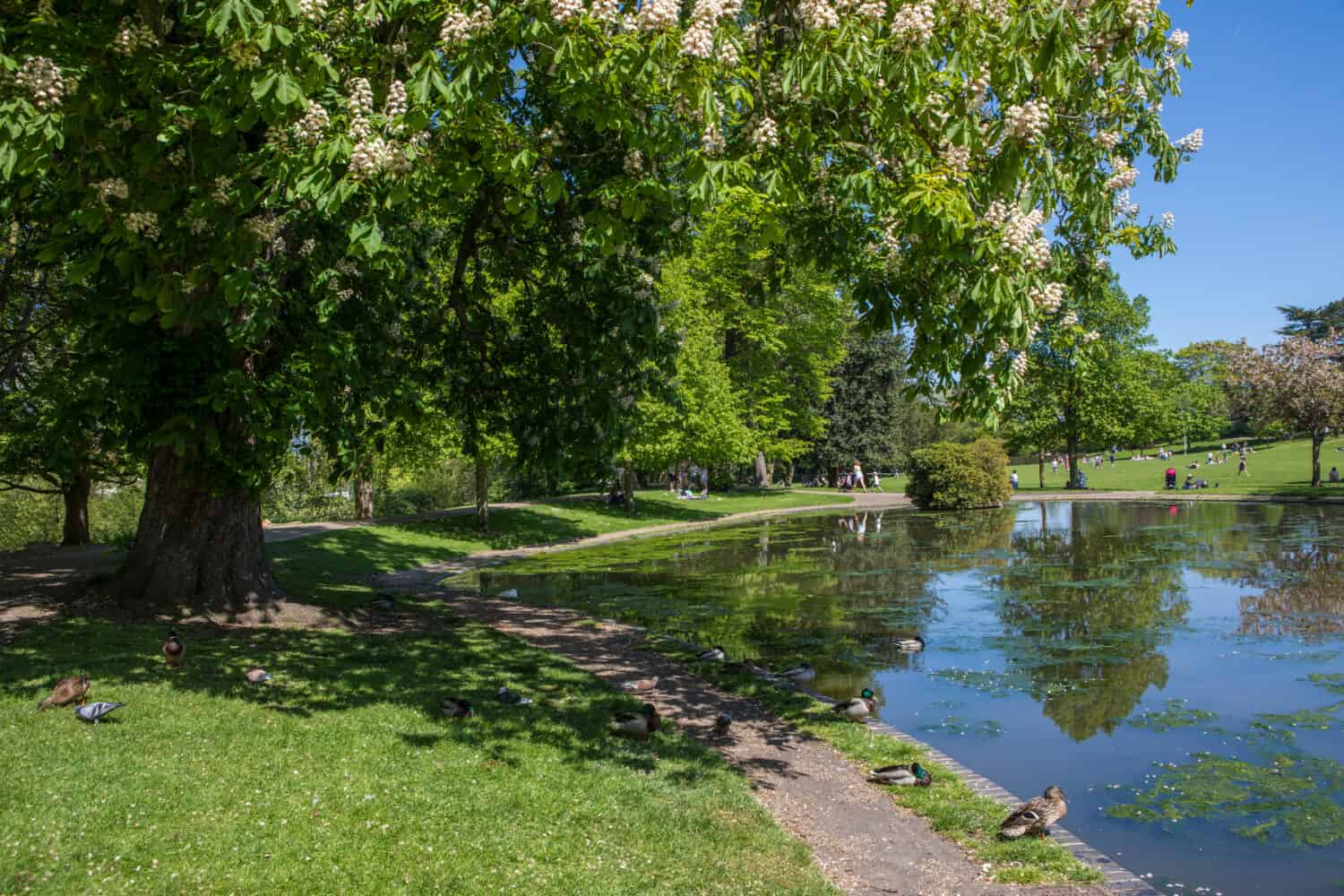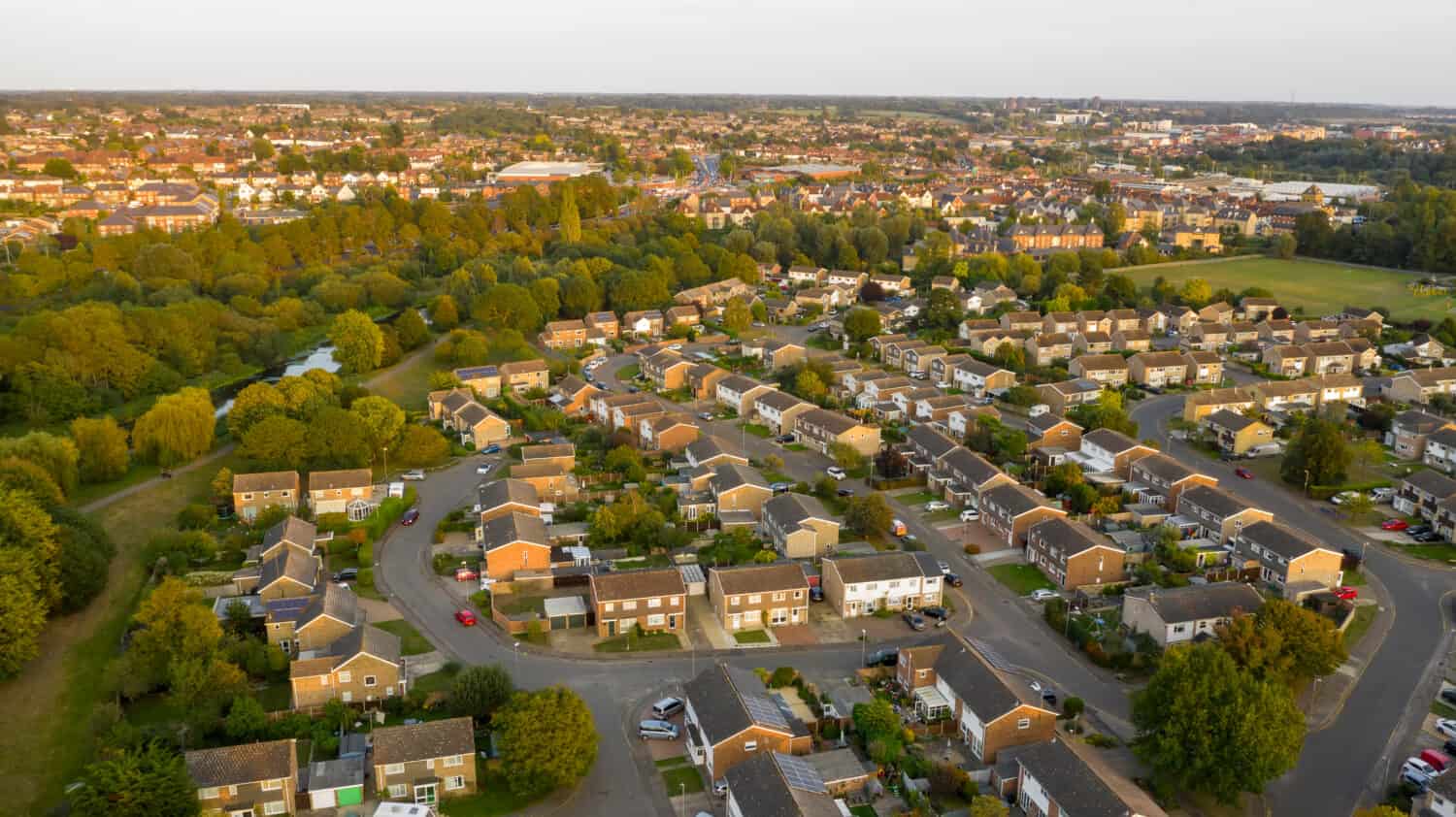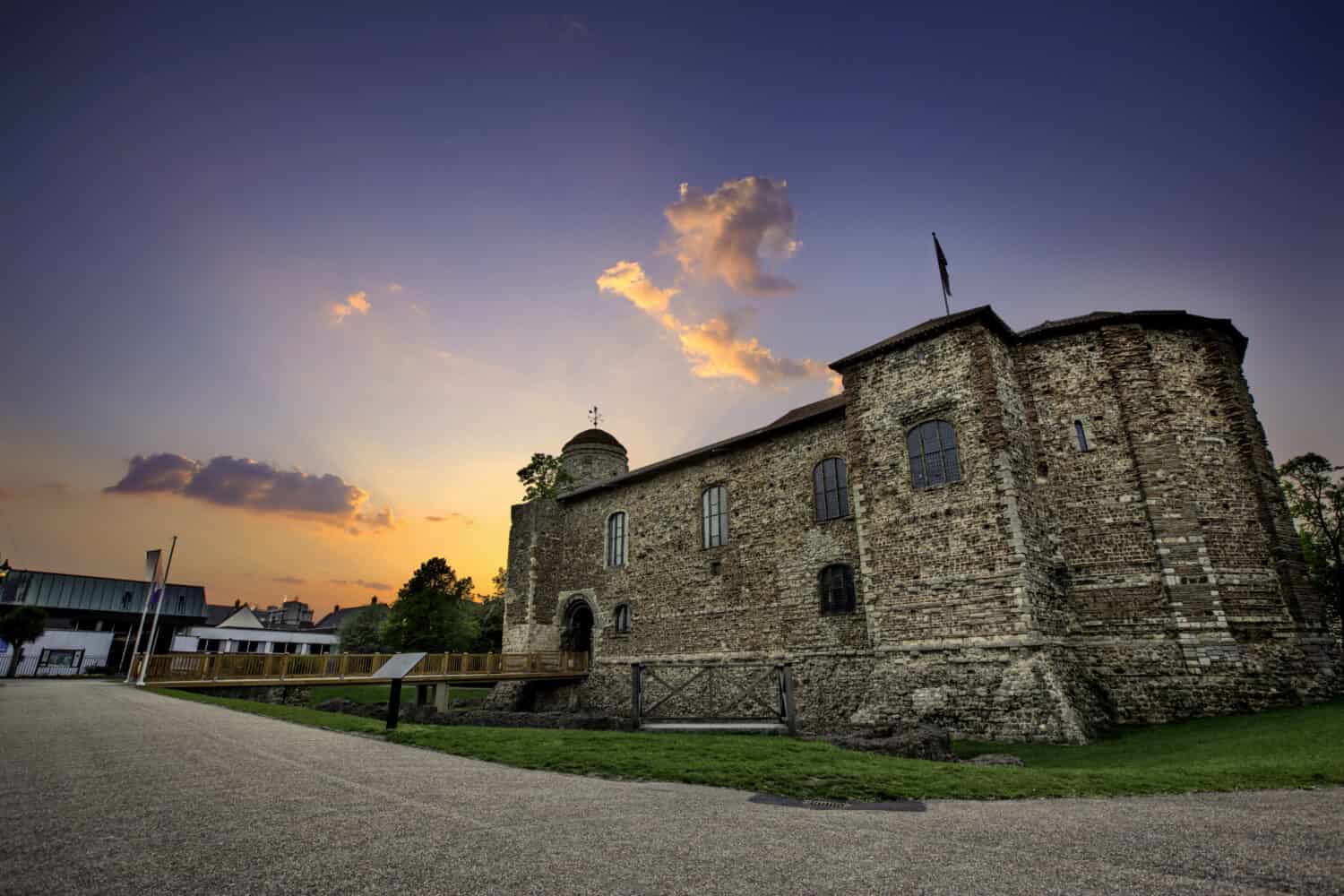England has been around for thousands of years. Alfred the Great is said to be the first ruler of what later became the whole of England in 886. At first, he ruled only one of the seven Anglo-Saxon kingdoms and then later he united all seven kingdoms to become the King of the Anglo-Saxons. But there were inhabitants in England thousands of years before. There is substantial evidence from artifacts dug up by archeologists and studied by historians to ensure that people were living in England.
Of course, we live in an age where we want titles for everything — first prize for this or that. Several cities in England claim that they are the oldest city in England. There are various ways of identifying what is considered “the oldest city.”
Amesbury refers to itself as the oldest city in England established in the Neolithic Revolution. But Abindon considers itself the oldest continuously inhabited city in England. Ipswich and Thatcham also claim to be the oldest cities in England, too.
For this article, however, we have decided to name Colchester as the oldest city in England because it is the oldest recorded city in England. It was first mentioned by Pliny the Elder in his encyclopedia Naturalis Historia. Let’s take a deeper look at Colchester, its history, climate and geography, and other facts about the city.
Location of the Oldest City in England

You would call someone from Colchester a Colcestrian.
©SevenMaps/Shutterstock.com
Colchester is located in Essex, which is in southeastern England. The city is on the River Colne and quite close to London — only 50 miles away. The closest airport to Colchester is London Stansted Airport, which is 20 miles away.
The city of Colchester is the largest one in Essex and currently has an urban population of 122,000. The area of the city is 12.17 square miles. When it comes to its government, the Colchester City Council governs the city locally. In the House of Commons, MP Will Quince of the Conservative Party represents Colchester and the surrounding region.
History of Colchester

The town is mentioned in George Orwell’s
Nineteen Eighty-Fouras the target of a nuclear attack.
©chrisdorney/Shutterstock.com
Colchester has the distinction of being the site of Camulodunum, which is the first major city in Roman Britain. It served as the territory’s first capital, however, its history begins way before then. Colchester was first inhabited during the Middle Pleistocene period, as archeologists found flint tools from the period. They also discovered shards of pottery from different eras of time.
Around the period of 20-10 B.C., it is believed that the Celtics founded the town of Camulodunon. Archeologists found coins with that name on them. The town was already an important place for the Celtics and when the Romans conquered England, they continued with ensuring a military presence in present-day Colchester.
The Romans conquered Britain in A.D. 43 and the Romans built a military fortress there. They also constructed two Roman theaters (out of five in Great Britain). After the Romans, the Anglo-Saxons took control of the area and eventually, the English kingdom was complete.
Today, Colchester has a population of over 100,000. In May 2022, the Queen decreed that what was then the Borough of Colchester would be granted city status. On November 23, 2022, it officially received city status with a ceremony that King Charles III attended in March 2023.
Colchester Garrison
Because it served as the first capital of Roman Britain, Colchester was an important military post. A military base was first established in AD 43 by Legio XX Valeria Victrix, a Roman army legion. Throughout time, after the area became part of England and later the United Kingdom, the British military continued having a military garrison here. It was of extreme importance during the Napoleonic Wars, as well.
The Colchester Garrison currently houses the 16th Air Assault Bridge. But the army’s military corrective training center known as “The Glasshouse” is located just outside of Colchester.
Climate and Geography of Colchester

Although disputed by many historians, it is believed three nursery rhymes came from Colchester: “Humpty Dumpty,” “Old King Cole,” and “Twinkle, Twinkle Little Star.”
©chrisdorney/Shutterstock.com
Colchester is only 118 feet above sea level and the city isn’t that hilly and is easily walkable. As for the city’s climate, it has an oceanic climate. Essex is one of the driest areas in England and the city usually only gets about 25 inches of rain per year.
Even though England is an island and is supposed to be influenced by the ocean’s climate, the location of southeast England has always been more influenced by the European continent. This influence is seen in drastic temperature changes during the year.
In terms of records, the hottest temperature ever recorded in Colchester was 97 degrees Fahrenheit in August 2003 and the lowest temperature ever recorded was 15 degrees Fahrenheit in December 2010.
Wildlife in the Area
Colchester is home to much wildlife in the area. The Essex Wildlife Trust runs all nature reserves or parks in Essex, which includes Colchester. As such, the Essex Wildlife Trust ensures the protection of the wildlife — both flora and fauna — in the region.
Colchester is home to the wintering wigeon and other bird species. The city is also home to a marshland that has many fish in it, as well as birds like skylarks. There are woods in the surrounding areas of Colchester as well, home to birch trees, ash trees, field maple trees, sweet chestnut trees, and others. The forested areas are home to badgers and foxes.
Colchester is also home to the Colchester Zoo, established in 1963, which features many exotic animals from around the world.
What to Do in Colchester

Prime Minister Margaret Thatcher lived in Colchester when she worked as a research chemist for the BX Plastics company.
©SunFreez/Shutterstock.com
Colchester is deeply rooted in rich history, so there are a lot of things to do in the city. For those that like nature, you can visit the nature reserves or woods that surround the city and go on hikes or do some bird watching.
If you’re more keen to stay in the city and explore the sights, then there’s lots to do. First off, visit Colchester Castle. It’s a medieval castle from the 11th century that is about Colchester during the Roman times.
You can also visit the Roman walls, where fragments of what remains of them are scattered throughout the city. Other landmarks you can visit are the Colchester Town Hall and the “Jumbo” Water Tower.
As you finish off the day, make sure you pop into a nearby restaurant, order some fish and chips, and toast with a nice beer to the very successful, historical day.
Conclusion
And there you have it, Colchester is the oldest city in England based on records made by Pliny the Elder before he died in A.D. 79. There is extreme evidence that inhabitants settled in the Middle Pleistocene period. There are also artifacts dating back to the 1st century B.C. that were found in the area by archeologists and historians.
Although other towns in England stake their claim, it is perfectly possible to have several towns inhabited all at once. There were no exact pinpoints in records thousands of years ago and so, to have a precise year attributed to the town just to satisfy “records” would be impossible.
At the end of the day, what matters is the amazing history Colchester and the other towns have. It is amazing the strides humans have made over time. If you are lucky to visit England, make sure you take a tour of some of these towns and learn about the amazing history of the region and the country.
Thank you for reading! Have some feedback for us? Contact the AZ Animals editorial team.








